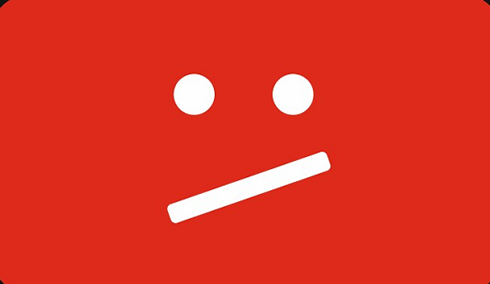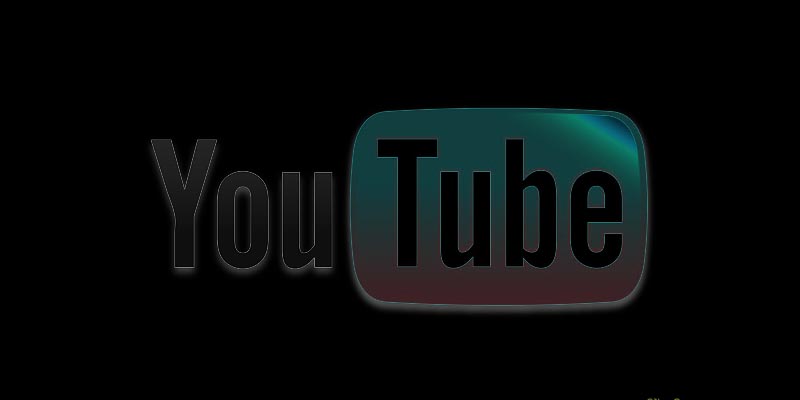Back on January 15th YouTube finally killed off the annotations feature completely on all videos. This came about a year and a half after YouTube ended the ability to create and edit annotations in any form, rendering those existing on videos as “stuck” so to speak, and not allowing any newly uploaded videos to take advantage of them.
When annotations were introduced, they provided a great way to append information to a video – they were great for making quick fixes on typos, explaining some things that weren’t covered in the video properly or to add information — anything you would think of an annotation as in written form, they worked well for in videos. Discover an error a week after uploading? Just toss in an annotation explaining it! Want to link to another video? Do that too! It was great.
Later a feature called “Cards” would be added which provided a more refined ability to link to other videos. This too was cool, and allowed annotations to be saved for what they really should have always been – just a way to add in quick textual info after the fact to a video.
One way Annotations were heavily used by the mid 2010’s was in the form of “end screens” where video makers would leave links to other videos of theirs, with some clever video editing to show a “preview” of that video, with the annotation acting as a link. It was really neat, and damn near everyone who had any editing skills did it – even I did it for many of my videos!
YouTube would later provide in 2016 an “end card” feature which would emulate the functionality of these end screens that were being made with Annotations. Since these end cards were generated by the system itself, they could easily be dynamic, providing different videos for different viewers, or easily be updated to show the newest video, regardless of how old the video being watched was. They too were, and still are, pretty cool, if done correctly.
Once these elements were stable, YouTube announced that they would be doing away with Annotations. This alone was something of a shock to me, given how simple the feature was and how useful it could be, but the reason YouTube provided was the point where I simply had to say “What the fuck?”
The reason, officially from YouTube, was this: Annotations don’t work on mobile, so many users didn’t ever see them.

Are you fucking kidding me? They don’t work on mobile? In an application that you, Google, wrote? You’re telling me that somehow theoh so perfect Google somehow couldn’t update the program to show annotations? That was somehow impossible for Google?!?!
Give me a break. The functionality of Cards and End Screens is certainly different, sure — clearly written with mobile and desktop in mind (although they don’t work on devices like my Apple TV, let your mind wrap around that one,) there is still precisely zero reason they couldn’t have made annotations work on the YouTube app — they sure as hell worked if you used a browser to watch videos.
I would love to know the real reason behind the end of Annotations; for someone from YouTube / Google to actually tell me why the hell they chose not to add it in, or what the “reason” is it wouldn’t work. They tried, right? They made an effort to add them in, right? They should be able to show the effort or explain the process in detail then, right?
Let me expand on this for a moment, for those who may not get it fully – they wrote the mobile app. They produced the code which actually runs and latches into YouTube to show these things. They wrote the code being latched into that shows videos and provides services. You mean to tell me that the people who created this function had no way whatsoever to make it work via systems that they created? That they could write a replacement to some of its functionality which worked, but that they couldn’t make the original ones they created work? Give me a break.
Don’t get me wrong, in the long run it doesn’t matter, but Annotations provided some cool tricks, like “choose your own path” type videos where you pick one option or another and get a video based on that choice. Yeah, it’s something you COULD do with end cards but it wouldn’t work as well, I don’t think — you couldn’t have “quick actions” in the middle of a video for example.
Yes, they were abused by some, and yes, once cards and end screens were introduced, usage of annotations dropped heavily. Still, even being as ugly as some argued they were (something that, again, Google could have fixed) they provided a very great ability to append information to a video, something you can’t do in any other form on YouTube — at least not directly.
What I want you to take away from this is that really that I feel we lost something in the long run. While the main ways that Annotations were used may have been replaced with better options, the best use of the feature — to provide information after a video is already up — is lost, and hasn’t been replaced, and the reason behind this feature removal is incredibly weak as to be a joke to me personally.


Removing annotations honestly seems like it’d take more time than updating the mobile app. Imo I never like when something removes a feature without replacing/improving it, always seems pointless even if not that many people use it compared to other things.
Fully agree. It couldn’t possibly have been that much of a resource drain either that it needed to be gotten rid of.
Ah well, this just goes on the never ending list of things I feel Google has done that they shouldn’t have. It is what it is.